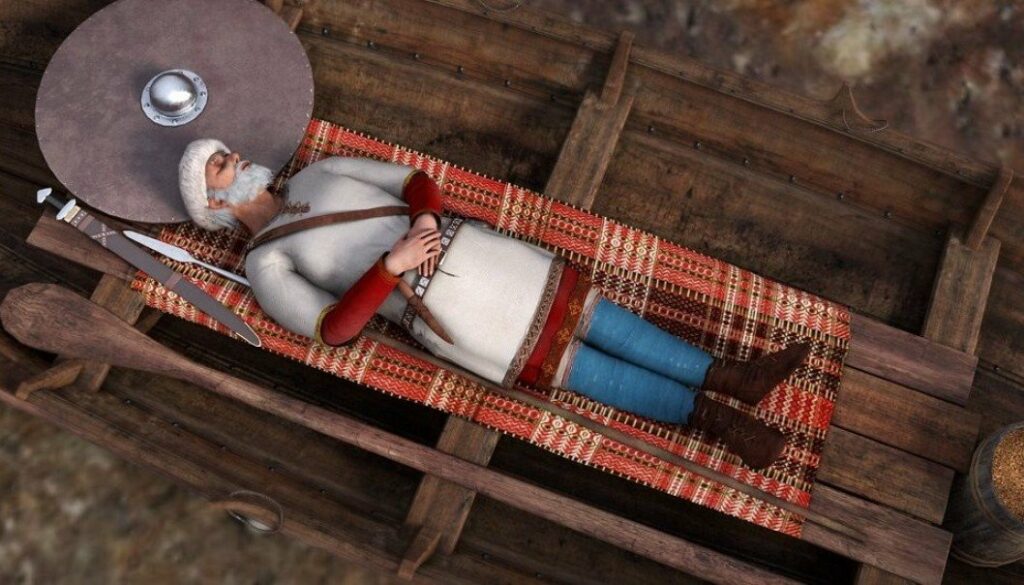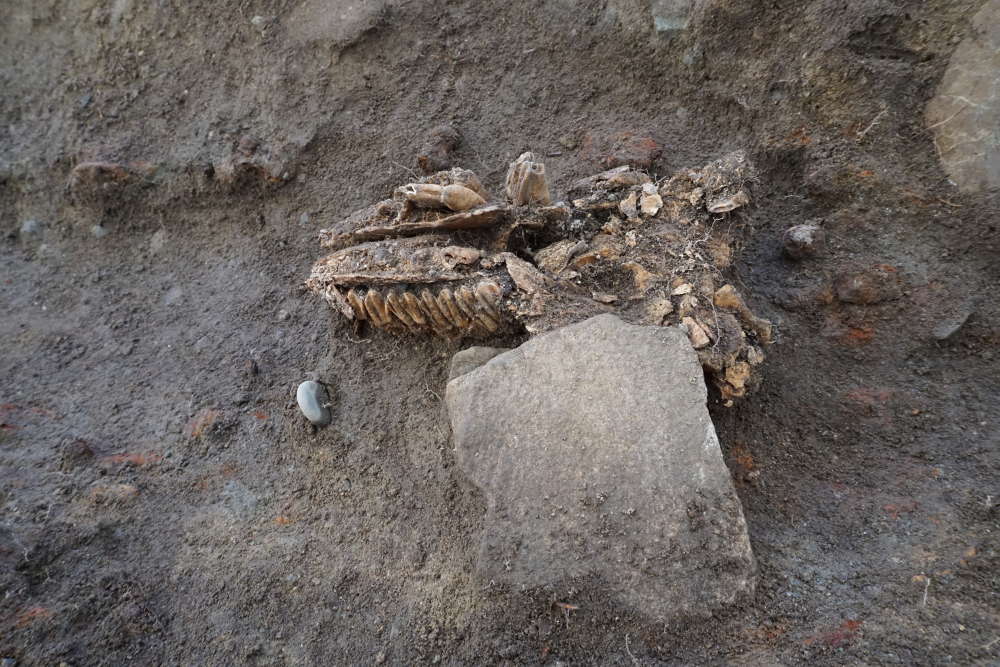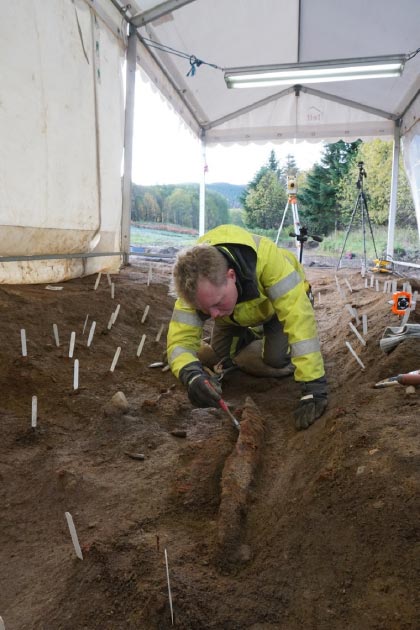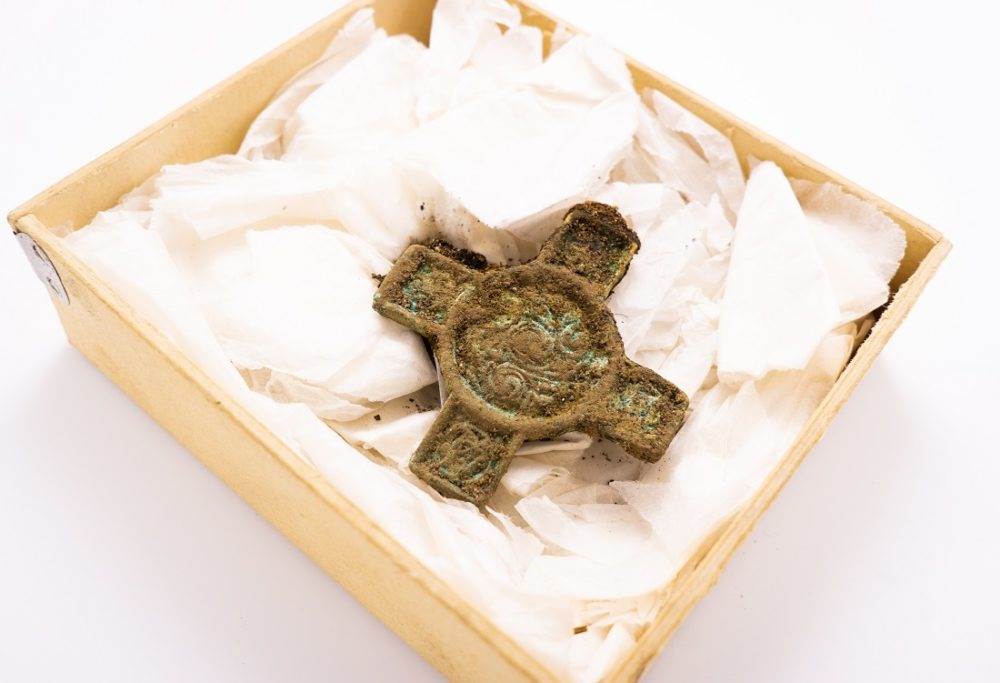Mysterious Viking boat graves unearthed in central Norway
In Norway, archeologists discovered a particularly strange thing. They have found two Viking boats in one grave.
Some 100 years after the first burial of the ship, the second burial was put into the tomb. A large number of grave goods were also recovered, and they are helping experts gain a greater understanding of the early years of the Viking Age.
The two people died apart for a century, raising questions as to why the couple was buried together. Researchers from the Norwegian University of Science and Technology (NTNU) recently discovered the twin boat burial during road construction near the village of Vinjeøra.

The younger body belongs to a woman who died in the second half of the 9th century.
She was laid to rest in a dress with two shell-shaped brooches of gilded bronze and an Irish crucifix-shaped brooch and placed in a 7- to 8-meter-long (23-26-foot) boat. Along with her skeleton, the team found a trove of possessions, including a pearl necklace, scissors, a spindle whorl, and a cow skull.

Just below her remains lies a larger boat grave belonging to an 8th-century man buried with a spear, a shield, and a single-edged sword.
Although double boat graves have been discovered before, this situation is unique given the 100 years that separate the two people.
The researchers can’t yet be certain, but they believe it’s a fairly safe bet that these two were from the same family. It’s hoped that further DNA and isotope analysis could prove this theory in the near future.
“Family was very important in Viking Age society, both to mark status and power and to consolidate property rights.
The first legislation on allodial rights in the Middle Ages said you had to prove that your family had owned the land for five generations,” explained Raymond Sauvage, an archaeologist at the NTNU University Museum and project manager for the excavation.

“Against this backdrop, it’s reasonable to think that the two were buried together to mark the family’s ownership to the farm, in a society that for the most part didn’t write things down,” he added.

Along with this unusual setup, the boat graves hold a bunch of fascinating attributes.
The crucifix-shaped brooch in the woman’s grave is believed to have been made out of a harness fitting from Ireland, based on its design.
Vikings were prolific travelers who wreaked havoc on regions as far as Iceland, Greenland, North Africa, Asia, and even North America. In all likelihood, the brooch was worn by the woman after being brought back from a raid in Ireland.
She perhaps helped to organize the voyage or even took part in the raid. After all, it’s relatively well established that women were warriors in Viking culture.
“The Viking voyages – whether for raids, trading or other expeditions – were central in Norse society.
That meant it was important to participate in this activity, not only for the material goods but also to raise both your own and your family’s status,” said Aina Heen Pettersen at NTNU’s Department of Historical Studies.
“Using artifacts from Viking raids as jewellery signalled a clear difference between you and the rest of the community because you were part of the group that took part in the voyages.”





